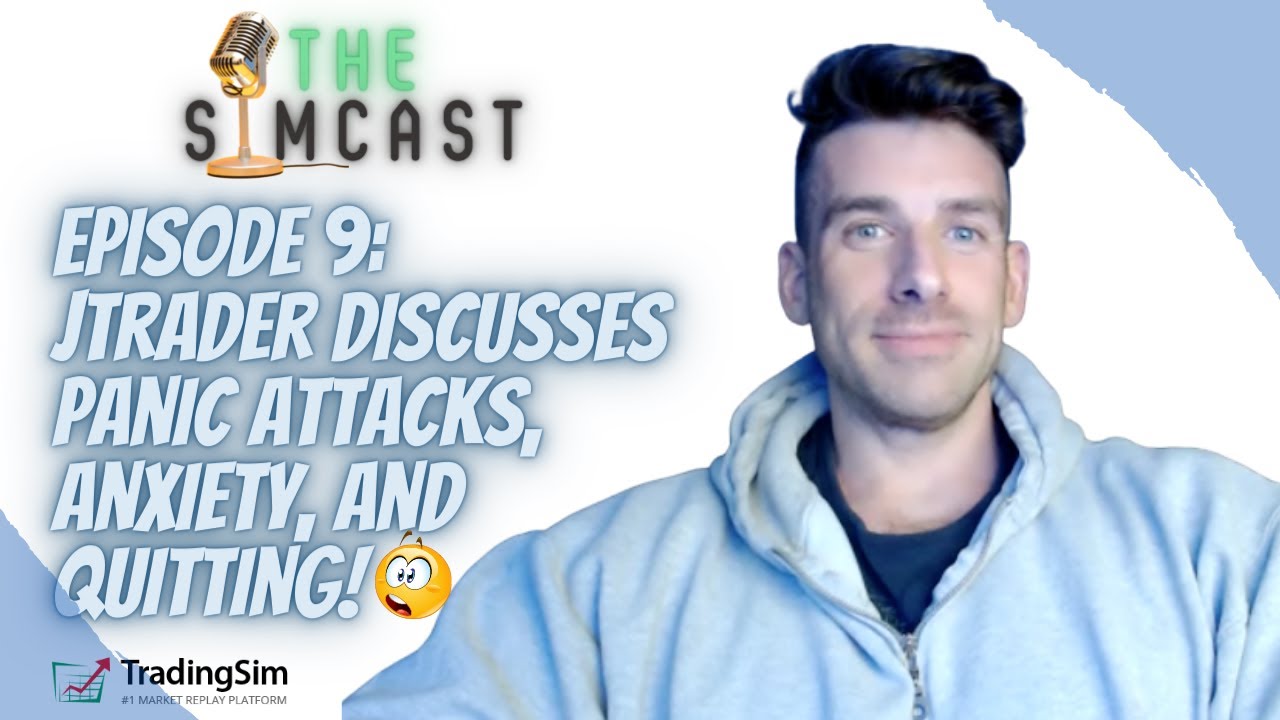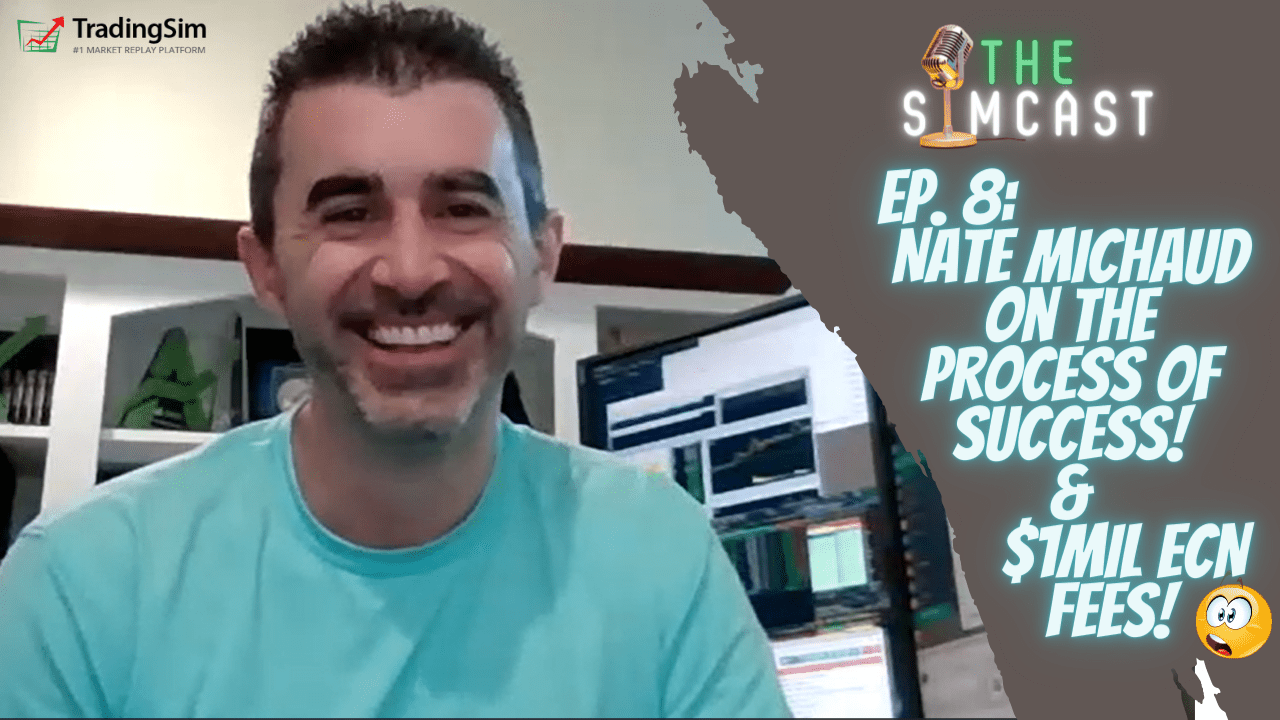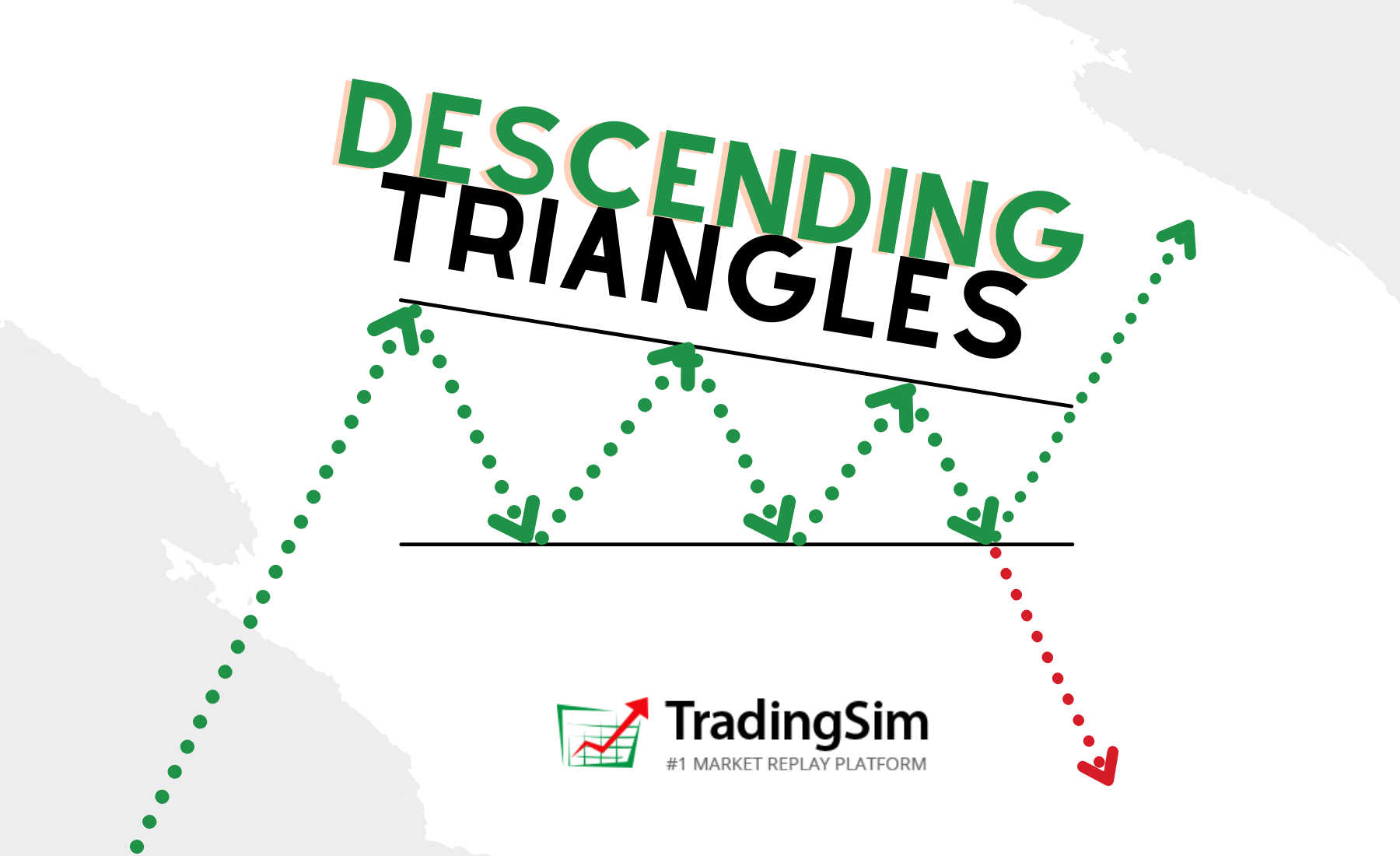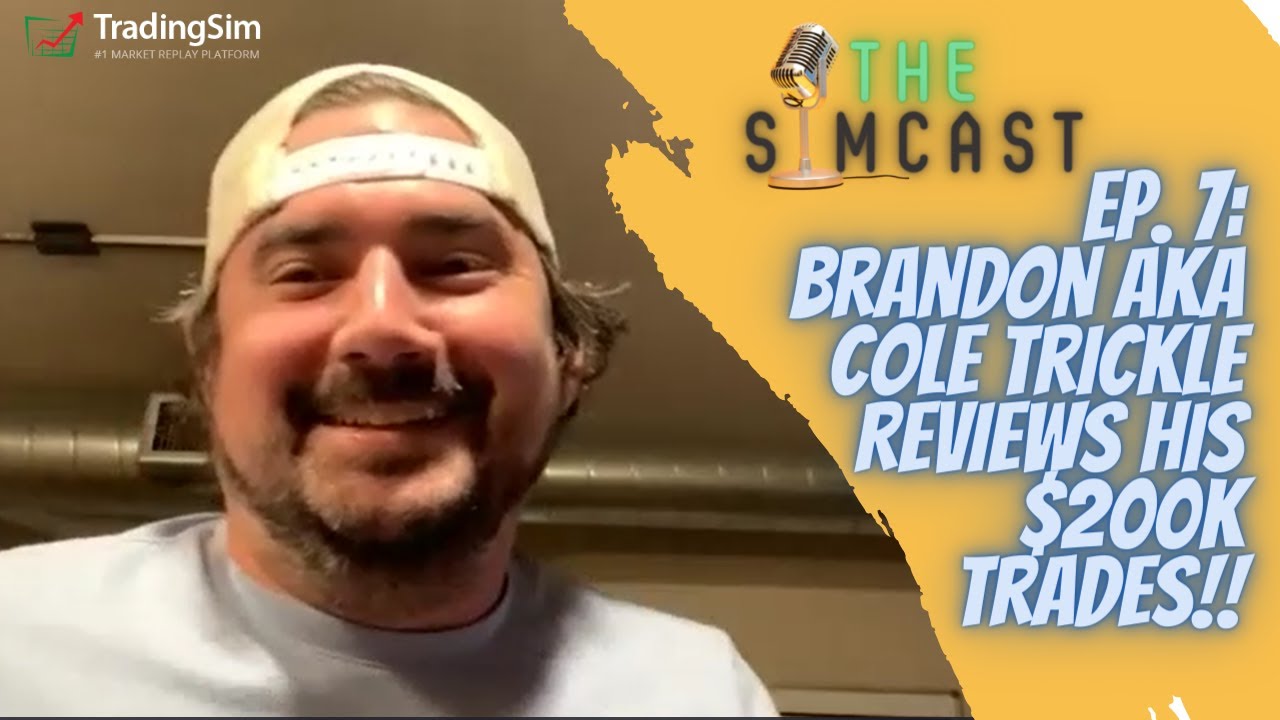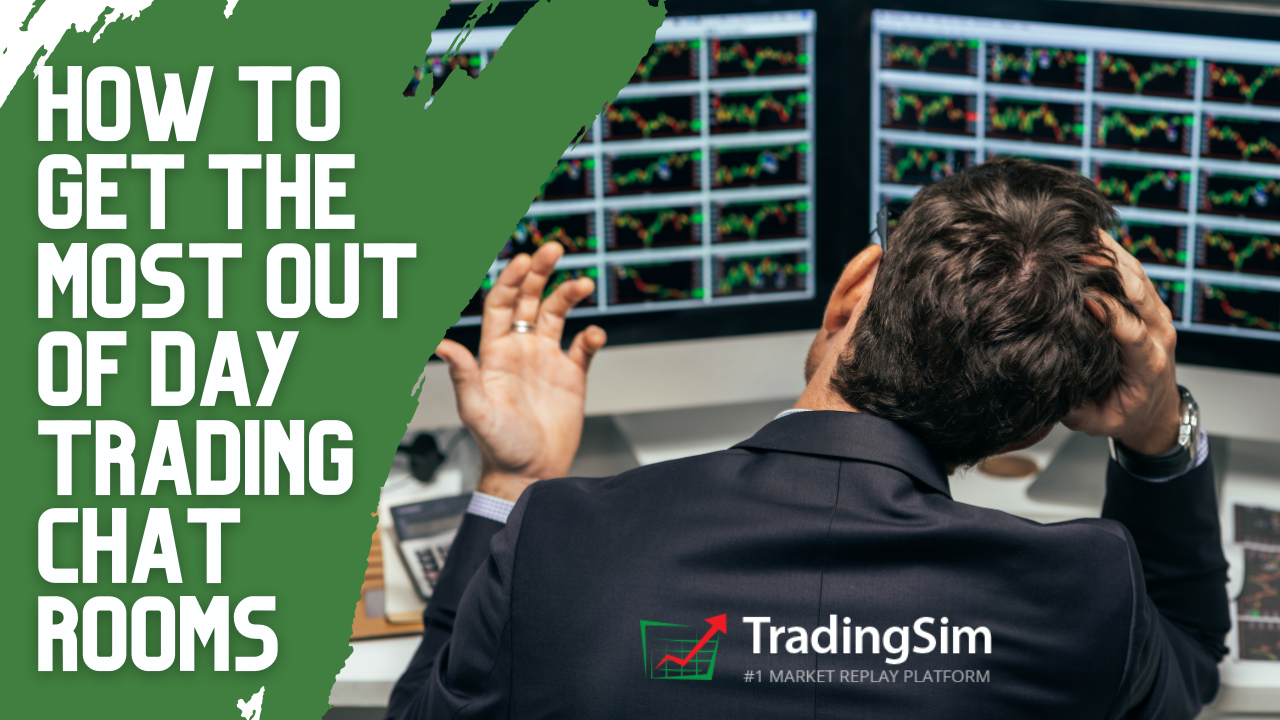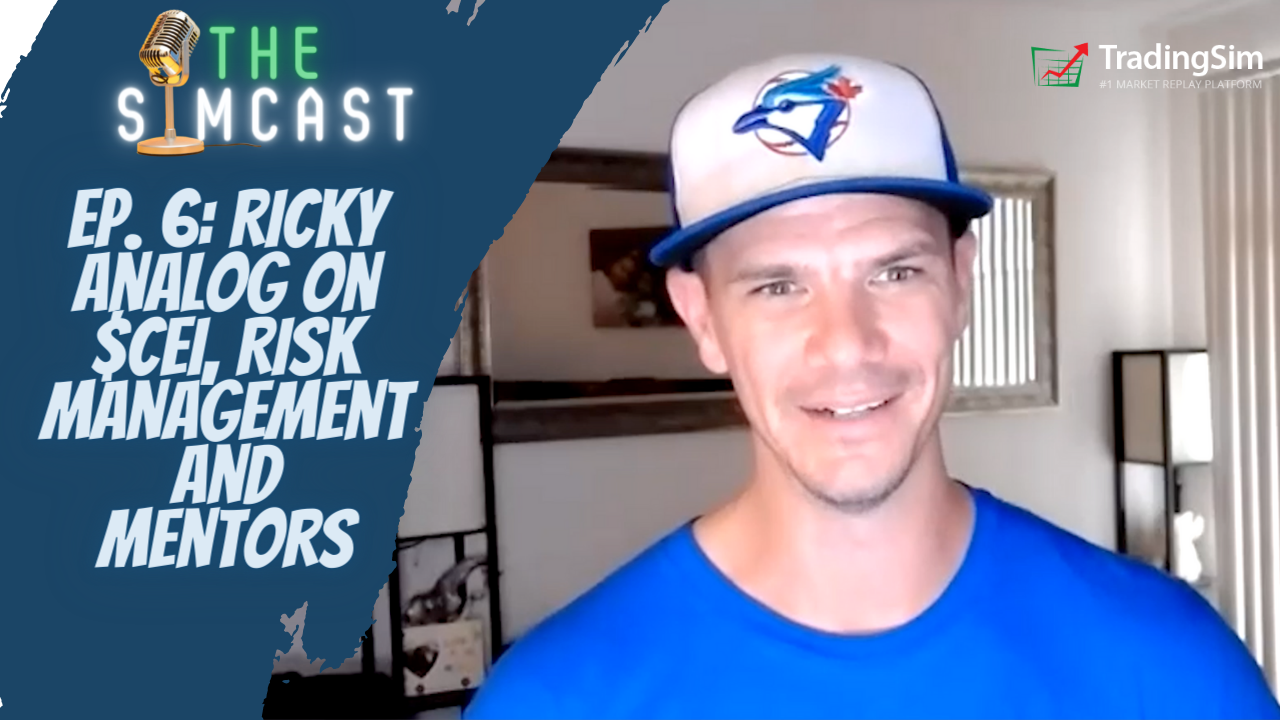When it comes to trading education, it can often seem like the wild west. Unless you go the route of a Chartered Market Technician certificate and study the old titans of technical analysis, your options for trading education are quite varied. Within this vast landscape is a myriad of day trading chat rooms, offering the opportunity to trade live with professional traders. In this post, we’ll offer up some advice on how to make the most of any chatroom, as well as what to avoid.
Free vs. Paid Day Trading Chat Rooms
These days, you’ve likely been bombarded with someone flashing their profit and loss statements in a 30 second YouTube commercial. Their goal is to attract you with the hope of making the same money by following their paid service.
Similarly, there are quite a few free chat rooms that have popped up since the pandemic hit. These chat rooms are run by professional traders as well, but don’t require any payment, obviously. Typically, you find out about them by word of mouth or within the social fintwit community.
Most of these chats, whether paid or free are migrating towards applications like Discord to run their rooms.
Custom Features in Day Trading Chat Rooms
Whether paid or free, you’ll likely find a lot of value in the features of these rooms. By this, we mean the ability to find information quickly. Some of the coders and developers are really creative in chat rooms.
For example, if you want to find statistics on a particular stock, many rooms have short codes pulling everything from float data, market cap, and even charts. This can be helpful when you are seeing a stock being mentioned in the room, but don’t know much about it.
Likewise, there are rooms which allow you to set price alerts, find accountability buddies, set alerts for specific members when they make comments, and even have specific sounds for certain keywords like “parabolic,” etc. Perhaps you’ll want to mute certain alerts because they don’t play into your strategies. Many allow this as well.
The Numbers
The amount of subscribers in any of these chat rooms can vary. You may find anywhere from a thousand to many thousands in paid chat rooms. Likewise, you may find as many as 10,000 or more in the free chat rooms.
This may seem daunting. And to many, it probably is. The struggle with trading can often be the loneliness that comes with it. Even in chat rooms, you can have a sense of “not belonging,” or getting lost in the crowd. To that end, let’s discuss a handful of ways to make the most out of these rooms.
How to Pick the Best Chat Rooms
It goes without saying that not all chat rooms are going to offer great services. We are not here to tell you which ones to avoid, either. However, you should be on guard. Any Joe Blow can make a dollar in the stock market and throw his PnL up on Twitter and start a chat service.
For that reason, we recommend doing a search for independent reviews. Ask around and see which rooms are the best for education and mentorship. How long have moderators been trading? Ultimately, there is likely something to glean from many of the chat rooms, if your search is objective. We’ll discuss what this means in a minute.
Secondly, joining chat rooms for stock alerts is risky business.
If you’re joining simply to have someone tell you when to enter and when to exit a trade, we’d advise caution. While we understand that many retail traders don’t have the desire to become self-sufficient in the markets, you must be aware that signing up for alert services may simply provide the liquidity that big players need to dump there shares into your hands. Granted, not all alert services will be this nefarious, but in this day and age, even large market participants may keep an eye on alert services knowing how to use them to their own advantage.
At the end of the day, even if you only want to do this part time, we recommend you find a day trading chat room that teaches you how to become self-sufficient. It will pay off in the end.
Studying the Educational Material of Day Trading Chat Rooms
This is far and away the best way to use day trading chat rooms as a beginner. If you are in year 1, 2, or 3 of your trading career, you should be devouring information. Here is how to do this quickly and efficiently.
- Subscribe to a reputable service with educational material and archived content.
- Devour the educational material as efficiently as you can.
- Study the charts and commentary of as much archived content from the professionals in the chat room as you can.
While doing this, you need to be objective. We discuss a lot of this in our post on “How to Find an Edge.” Here are the objectives you need to have:
- Does the education material fit your personality and schedule?
- Are you more long biased or short biased?
- Do the professionals give clear indications as to the probabilities of their strategies?
If you can’t find these answers, you may need to try another service. However, it is likely that you will be able to “piece together” the outcomes of specific strategies if you are diligent enough with your studying. Here’s how to do that:
How to Study Gurus
Gurus can offer a lot of wisdom, but not all gurus are great teachers. And that’s ok! We don’t blame them for it, honestly.
Think about it this way, some of the greatest performers in any field may have a hard time explaining in elementary terms how to get to their level. Once you reach such a level of proficiency, it is difficult to even remember what it was like to be a beginner.
Keep that in mind when you study gurus, but learn how to help them help you.
- Take their material and find a way to dissect it.
- Organize the educational and archived material in such a way that you can follow
- Create a subset of categorized trades and replay them in the simulator
Let’s expound on the last bullet point:
If your guru offers premarket plans on a live stream, and has this archived, take advantage of it. Study in your free time by replaying their premarket video feed for a particular day, and then replaying the exact same market day in TradingSim. Document what worked, what didn’t work, and take annotated screen shots of your “categorized” setups and put them in a folder.
Do this enough times and you will build your confidence on why your guru takes certain trades. Consequently, you will build your own confidence in what trades you should or shouldn’t take.
Find Your “Core Group” from a Day Trading Chat Room
Post-Covid, the work-from-home phenomenon is accelerating. In a lot of ways, this can be great for people. The opportunity to trade and live in your pjs! However, for some people, the lack of meaningful human interaction can become lonely.
Along those lines, we recommend that you use the chat room to find people who resonate with you. We don’t mean finding people who only trade like you or only think like you. Instead, try to surround yourself with people who will make you better.
Even proprietary trading firms like SMB capital are finding that their traders are more consistent when they are paired into teams. Use this to your advantage, bring value to a team, and collaborate with other budding traders from your chat rooms.
Heck, some traders even go so far as to meet up in real-life. In our recent SimCast episode with Ricky Analog, he talks about how 60+ members of his chat service went to an adventure race together recently.
Find Mentors, or Move on
One of the most important aspects of day trading chat rooms is mentorship.
As we say above, there is always something to glean from anyone who has been trading for a while. You may find a new indicator, a new strategy, or some way to read the tape that you hadn’t considered before. Those are reasons to find value learning from others in a chat room.
However, if you are not finding proper mentorship along your journey, we recommend you find a new place to grow. Ricky Analog mentioned this in his talk at Traders4aCause this year. Ricky is a huge proponent of mentorship and recommends finding as many as you can along your journey.
We couldn’t agree more.
As a growing trader, you should never limit your perspective. Keep an open mind and keep growing by reaching out to new mentors. Just keep in mind that you will get out of mentorship what you put into it. Bring value to the table, and be willing to put in the legwork behind the scenes.
There are no free lunches in this business.
5 Things to Avoid in Day Trading Chat Rooms
While we certainly agree that live chat rooms can be a great way to learn how to day trade, there are a number of things to watch out for.
1. Avoid the US vs. Them Mentality
We live in a time where online gaming has become prolific. Much like competitive sports, the gaming mentality has found its way into trading now.
Many of the traders in paid chat rooms and free chat rooms are now watching both rooms at the same time. With tens of thousands of traders all watching the same tickers each morning, and keeping a check on all the chat rooms, what we’ve found is a competitive mindset creeping into the landscape.
Often times, one room will be more long-biased and others more short-biased. As you can imagine, this creates an “Us vs. Them” mentality akin to gaming.
We would advise you to steer away from this mindset. Most of what this centers around are the smaller, more manipulated stocks in micro-cap land. It’s entirely possible that so many followers in so many rooms could potentially have an effect on the price movement in these stocks. However, not all price movements are a result of a chat room “out to get you.”
Nonetheless, if you decide to trade these stocks, keep your eyes on the supply and demand. Trade the ticker, not the chat room. It can easily become a crutch to blame the price movements on this chatroom or that chatroom. But, at the end of day, it’s up to you and your ability to read volume and price action.
2. Watch out for Bias
Because of the herd mentality, it can be easy to find yourself affected by the biased comments in the room. To avoid this, always take an objective approach. Never take anyone’s comments at face value. Do your own homework on the trade and make a decision for yourself based on the homework you’ve done on strategies.
3. Avoid FOMO
Chat rooms can be exciting. And rightly so. It’s 1000s of traders getting together in one room to make money. Who wouldn’t be excited?
But this is can be very dangerous. Keep in mind that the best trading is often very boring. Why? Because you know your probable outcomes and are less emotional knowing this. To that end, take care that you don’t fall prey to every news release or alert unless it fits your pre-designed trade plans.
Always have a plan, and avoid FOMO at all costs.
4. Be Aware of Success Theatre
Many people in chat rooms will share their good trades and leave the bad ones to themselves. Remember this when traders are posting all their massive gains in the chat room and you feel left out.
There really isn’t anything healthy about sharing wins or losses. Wins and losses are going to come no matter what. What matters is how well you review your process each day, regardless of what other traders are doing.
Unless you can reach out to someone for tips on what he or she did well in the trade, ignore the success theatre.
5. Drama & Profanity
You would think this goes without saying, but drama can be a real drain on the experience. Pick your chat rooms according to your personality.
We tend to treat trading like a business. For that reason, when we’re putting thousands of dollars on the line, we prefer a professional environment.
Perhaps you don’t. There are a myriad of differently run chat rooms on the web. If profanity and memes are your thing, there’s a chat room with that. If nothing but important news information is your thing, there are chat rooms that are tightly run for that purpose.
No two chat rooms will be the same, nor will their strategies. And, ultimately, no chat room is the “best.” It will be up to you to try them out and find the one that fits you the best.
Conclusion
As you search for a place to learn, we hope this has provided some benefit as to what to look for. Keep in mind, as with any industry, there will be well-run businesses, and those that are not run well. Guard your capital and your precious time. Be selective, and bring your own value to the table.


